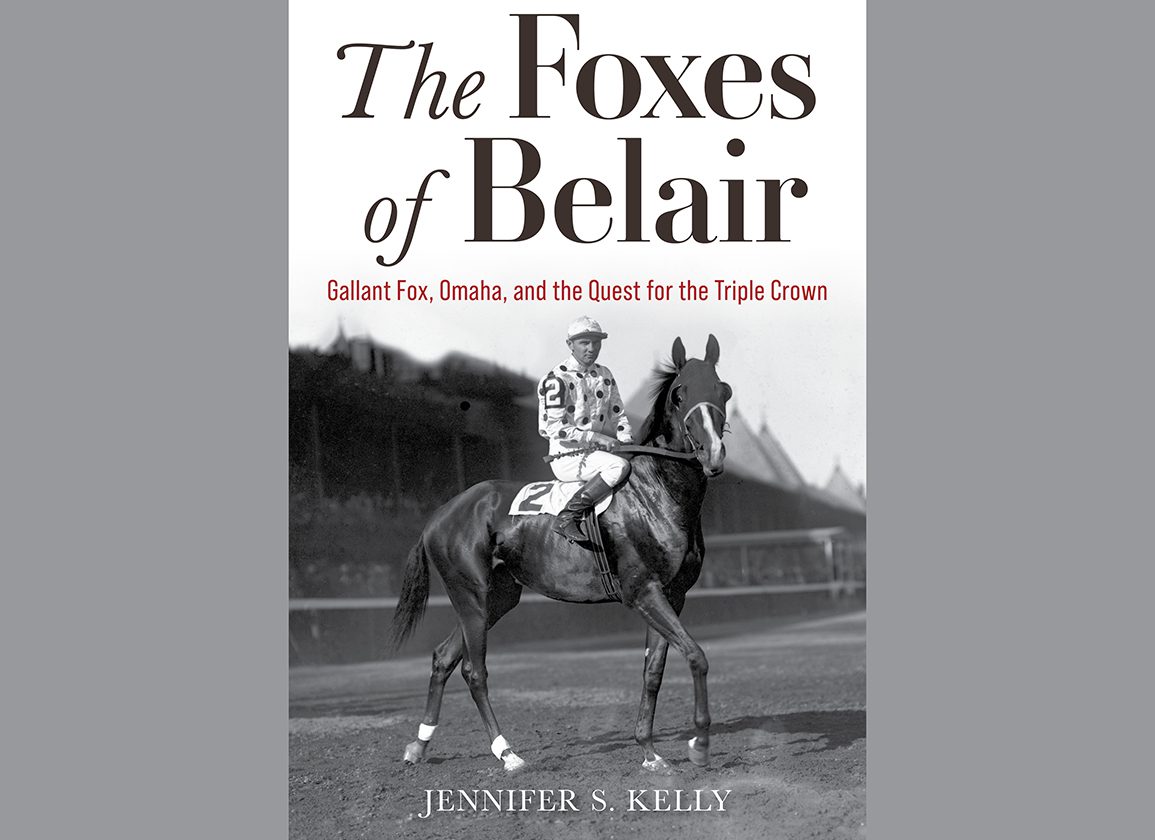By J.N. Campbell
Just shy of a century ago, Thoroughbred racing was undergoing a massive transformation in breeding and technology that would set it on a path towards expansion. The importing of international sires, the building of new racetracks, the development of starting gates and the implementation of what was called the totalisator, a device that tracked odds and payouts for pari-mutuel wagering, became all the rage into the 1930s.
As you probably know, the 'tote' became linked to a board that everyone on-track could see and was intended to democratize laying a bet–exit stage left, bookmakers. What it really did for state governments was to serve as an effective means to raise revenue during a time when every red cent counted. Sound familiar?
Back in our century, despite the proliferation of museums, we probably don't spend enough time visiting the past looking for ourselves. If we did, we might find valuable flashpoints for the purposes of clarity and understanding. The subject of a new monograph, just out this week, called The Foxes of Belair: Gallant Fox, Omaha, and the Quest for the Triple Crown by Jennifer S. Kelly, reminds us of this very point.
Kelly's latest edition to the canon of historical horse racing (that's the scholarship, not the machines), adds yet another important layer, if we are willing to listen. After we learned about the winning ways of Sir Barton, the story she is telling this time highlights the next stage in that integral seasonal event known as the Triple Crown.
On one level, her monograph examines the rebuilding of the historic Belair Stud in Maryland during the 1910s through the 1950s by William Woodward, Sr. (yes, as in NYRA's Grade I race), a New York lawyer and banker who dreamed of competing at the highest levels of the sport at home and abroad in England. He served as a secretary to Ambassador Joseph Hodges Choate during the Edwardian Era and rubbed elbows with the racing intelligentsia, which gave him wind in his own sails to come home and get to work. He started out modestly with a handful of cheap mares, but Belair's polka dot silks took him to heights that few have ever had the chance to experience. It's truly one of those unique breeding and racing American success stories.
Kelly is at her best when it comes to weaving a tale and she adeptly uses empirical evidence, coupled with well-timed anecdotes in her writing to effect. She follows her protagonists, Gallant Fox and his son Omaha–the only sire-offspring duo to win the Triple Crown–womb to tomb by meticulously describing their racing exploits. We feel the buzz surrounding the Fox's Kentucky Derby victory, which in those days came after the Preakness S. She takes us to the Southampton docks where Omaha broke loose, running amok as he disembarked for the Gold Cup at Royal Ascot. What fun!
Even more intriguing in this volume is Woodward's ledger concerning the sport's direction. As a longtime member and eventual chairman of The Jockey Club for two decades, he had his specific quests and dragons to slay. As Kelly tells us, lobbying his counterparts in England to end the Jersey Act, which prevented the registration of most Am-breds in the General Stud Book, was more than just a hobby horse. Woodward thought it was essential for breeders to assert their legitimacy at home and its amendment in 1949 signaled a new era in international racing.
A deep-thinking futurist, Woodward was skeptical about watered-down mass-produced products, i.e. too many racetracks. He viewed the evolution of racing's rules as something to honor, while at the same time with the understanding that change is an ever-present fact of life. Woodward called for “careful study” and not half-baked compromises that would damage a well-built history.
What would the master of Belair say about the age of simulcast, the influence of CAWs, HISA's rollout or the spacing of Triple Crown races? We could speculate. Maybe an even better question is: What wisdom has William Woodward left us in his ledger that we can directly apply to today? Carefully studying these types of questions, as Kelly shows us, is a pedigree worth tracing. That sounds familiar.
The Foxes of Belair: Gallant Fox, Omaha, and the Quest for the Triple Crown by Jennifer S. Kelly, University Press of Kentucky, 334 pages, photos, appendix, notes, selected bibliography, index, May 2023.
Not a subscriber? Click here to sign up for the daily PDF or alerts.







